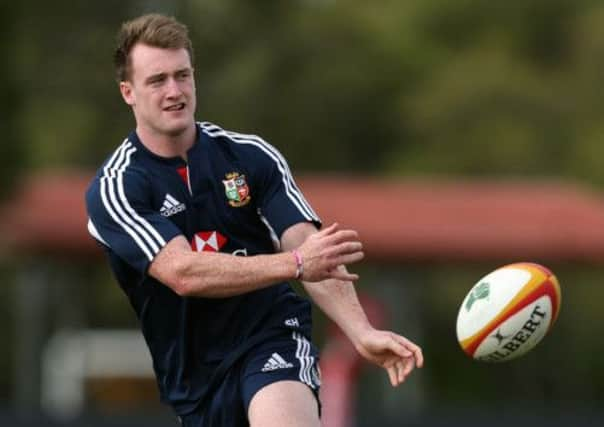Comment: Rugby’s future bleak if mismatches remain


While there has always been a risk of physical mismatch as a consequence, this is magnified by the current trend towards strength and conditioning, including the use of protein supplements by aspiring players.
The risk of injury is further increased by the physicality of the professional game, which is evident in senior schools rugby with increased impact leading to collision injuries. Smaller schools are disadvantaged by the lack of selection options, often having to select players irrespective of their size or skill.
Advertisement
Hide AdAdvertisement
Hide AdGlenalmond’s decision to pull out of some fixtures on safety grounds is representative of a universal problem which the rugby authorities face internationally. While the Home Unions are keen to promote rugby as a sport for all, this conflicts with their desire to become increasingly competitive, which out of necessity nowadays involves promotion of strength and conditioning, and selection based on size and strength.
When compared with the other Unions, Scotland has a significantly smaller playing population at schoolboy level and can ill afford to lose participants out of legitimate concerns for safety. If players are put off playing rugby at an early age they may be lost to the game forever.
The safety initiatives introduced in Scotland to try to minimise mismatch are unique, but focus – as the article suggests – on attainment of a “minimum base line” (strength and weight). In undertaking assessments of all aspiring 15-year-olds in the past three seasons the recorded variation in size and strength is extraordinary, with some 15-year-olds matching the weight and strength of adult club players, almost twice the values for smaller boys of the same age. Bringing on potential elite players is one part of the challenge but the mismatch between them and “average” sized schoolboys is a concern.
How this problem is addressed is not simple. As suggested by an accompanying article by Iain Morrison, in the same edition of the newspaper, restricting competition for some schools to a “social level” is a poor solution. Unfortunately, reversing the trend towards increased physicality in play and preparation is unlikely to be entertained by the governing bodies, despite the perceived wisdom of such an approach by most professionals responsible for treating injuries.
A system needs to be developed to try to match sides and opposing players – ideally before they meet. The logistics of such an approach is challenged, however, by the annual change in any one school team’s physical presence. Where major mismatch becomes apparent during a game a policy must be adopted which ensures that weaker teams are not demolished at no benefit to either team.
Promotion of strength and conditioning for all is not going to resolve the issue, as mismatch will always persist due to the variable timing of physical maturation. It would appear that revisiting some of the traditional fixture lists, as recognised by Gordon Woods, the Headmaster at Glenalmond, is currently the only option available. An attempt at annual ranking of school teams, including club youth sides, is one option that might reduce the potential for mismatch between teams but this would necessitate a partnership between clubs and schools and would have to be administered on a national basis by the SRU.
Whether this is a workable option is difficult to say. Judging by the trend in development of some modern schoolboy rugby players, the problem of mismatch is likely to increase. If solutions to this problem are not pursued, the numbers playing schools rugby in Scotland will fall as schools or parents opt out of the game.
• Jamie Maclean is a Consultant Orthopaedic Surgeon at Perth Royal Infirmary and chairman of SCOT Rugby Injury Group